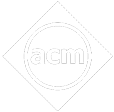39 Insightful Publications
Basic Theory Behind the Experiment
The experiment “To study the reflection of sound” is all about understanding how sound waves bounce off surfaces, similar to how a ball bounces when it hits a wall. Sound travels in waves, and when it encounters an obstacle, like a wall or any other object, it can either pass through it, get absorbed, or bounce back. This bouncing back of sound waves is known as sound reflection.
Sound follows the same principles as light when it comes to reflection. In other words, the reflected sound wave stays within the same plane as the incident wave and the perpendicular line (normal) drawn at the point where it hits the reflecting surface. Additionally, the angle at which the sound wave bounces off (angle of reflection, ∠r) is equal to the angle at which it initially hit the surface (angle of incidence, ∠i).
What You’ll Need
- Two Identical Plastic Pipes: These will serve as our sound channels. They should be around 1 meter long and have a diameter of approximately 10 cm or less.
- Protractor: A big-sized protractor helps us accurately measure the angles of reflection.
- Measuring Scale: We need this to measure the distances between the source, receiver, and reflecting surfaces.
- Source of Low-Amplitude Sound: A simple table clock or any device that produces a consistent and not-too-loud sound.
- Receiver: This can be your ears or a microphone connected to a sound-measuring device like a smartphone or computer.
Experiment Procedure
- Set up the two plastic pipes at some angle with each other, leaving some space between them.
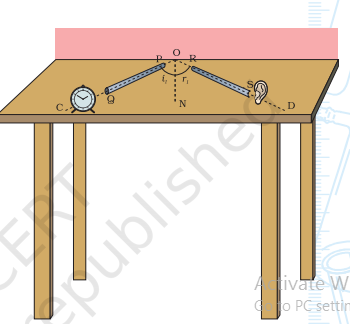
- Now, introduce reflecting surfaces like walls or large books at different angles between the pipes. Use the protractor to measure and record the angles.
- Position the source of sound (the table clock) at one end of one pipe. This pipe will act as the path for the sound waves.
- Place the receiver at the other end of the second pipe.
- Turn on the source of sound and observe how the sound waves travel through the first pipe, hit the reflecting surfaces, and reach the receiver in the second pipe.
Observations
Note the angle at which sound waves hit the reflecting surfaces and the angle at which they bounce off. Repeat the experiment for different angles of incidence.
By conducting this experiment, you can gain insights into how sound behaves when it encounters obstacles and reflects off them.
FAQs on Reflection of Sound
What’s the key difference between transverse and longitudinal waves?
Answer: Transverse waves oscillate perpendicular to the wave direction, while longitudinal waves oscillate parallel to it.
Explain the relationship between wavelength, frequency, and wave speed.
Answer: Wave Speed (v) = Wavelength (λ) x Frequency (f).
Why do sound waves need a medium, while light waves don’t?
Answer: Sound waves are mechanical and require a medium for propagation, while light waves are electromagnetic and can travel through a vacuum.
Differentiate between sound waves and ultrasonic waves.
Answer: Sound waves are audible to humans (20 Hz – 20,000 Hz), while ultrasonic waves have frequencies beyond human hearing (above 20,000 Hz).
How does amplitude relate to sound loudness?
Answer: Greater amplitude equals louder sound.







